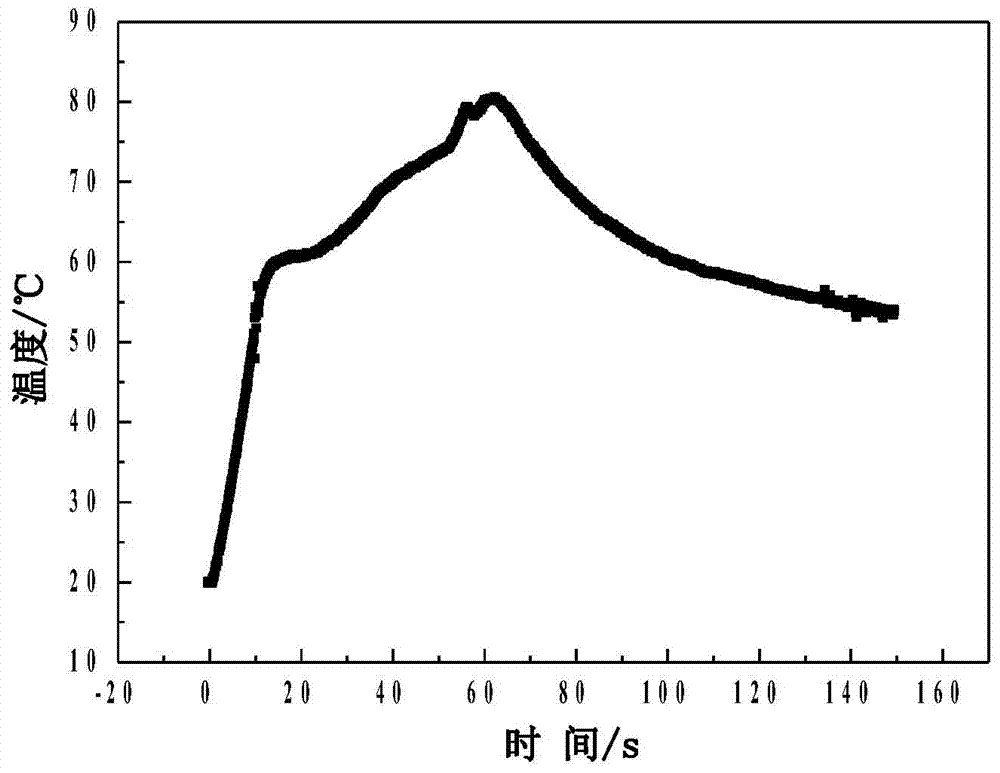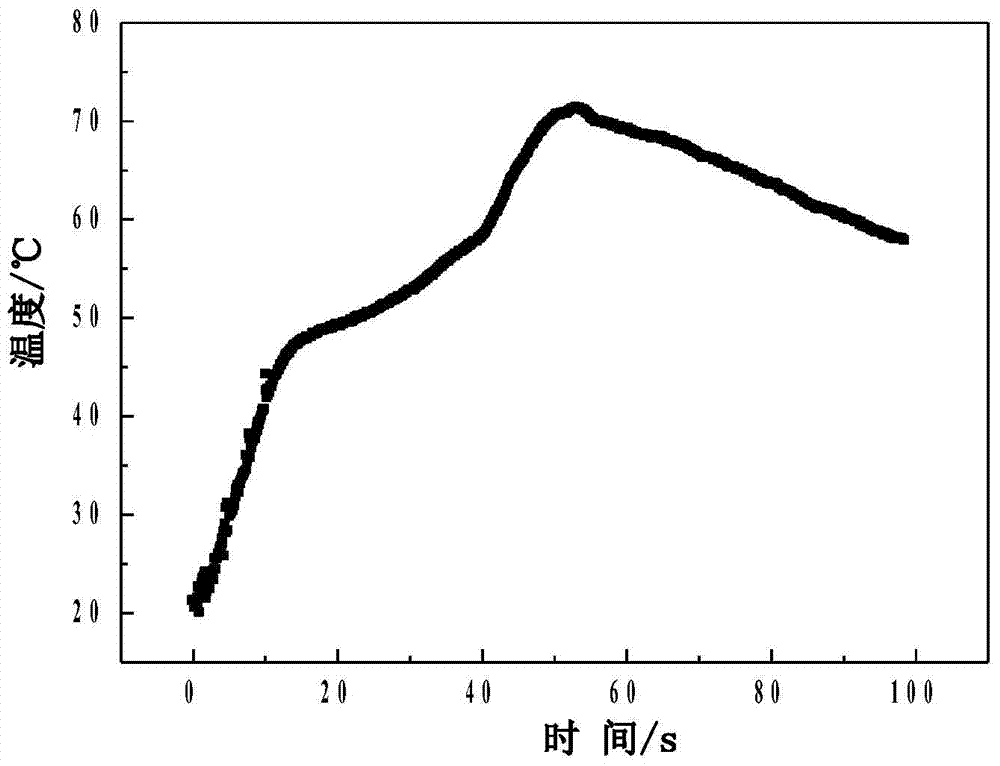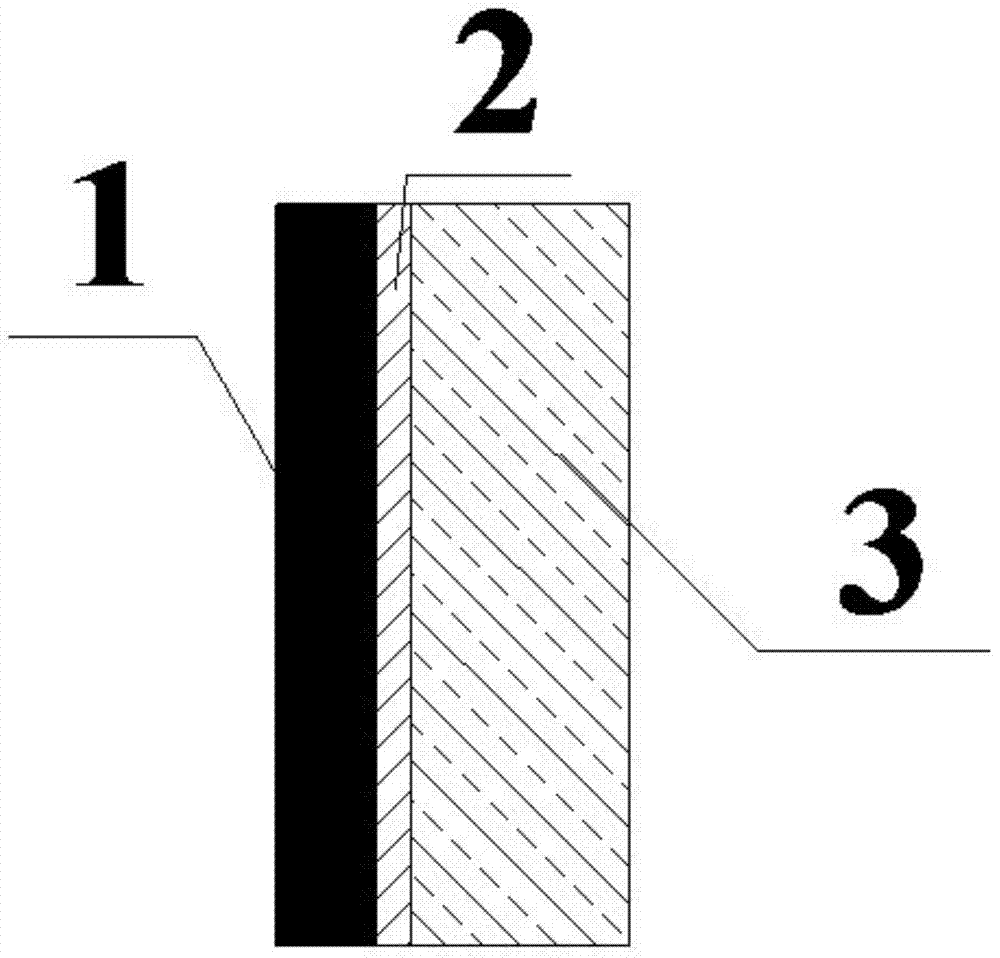A High Temperature Resistant Coating Structure and Its Application on Rocket Launch Pad
A technology of high temperature resistance and coating, which is applied in the field of high temperature resistance and heat insulation protection, can solve the problems of heavy weight, thick thickness, and the inability of the launch platform to move, etc., to achieve lower back temperature, reduce thermal ablation and thermal shock, and good high temperature resistance Effect of gas flow scour performance
- Summary
- Abstract
- Description
- Claims
- Application Information
AI Technical Summary
Problems solved by technology
Method used
Image
Examples
Embodiment 1
[0018] Embodiment 1 Preparation of high temperature resistant coating for rocket launch pad
[0019] 1. Preparation of organic bottom layer: mix epoxy resin SM828, curing agent polyamide 650, and toughening agent liquid rubber according to the mass ratio of 7:2:1, and then coat the rust-removed 190×120×5mm steel plate On the side surfaces, the coating thickness was 3 mm.
[0020] 2. Preparation of inorganic surface layer: first mix mullite of 5-3mm and less than 3-1mm evenly according to the mass ratio of 1:1, and then mix the mixed mullite with cordierite, aluminate cement, silica The ash is mixed according to the mass ratio of 11:5:4:1. After mixing evenly, add water and stir for 3 minutes, and the amount of water added is 13% (mass fraction) of the surface layer ingredients. Before the organic bottom layer is fully cured, the surface layer material is coated on the bottom layer material. A surface layer with a thickness of 12 mm is coated on the bottom layer with a thick...
Embodiment 2
[0023] Embodiment 2 Preparation of high temperature resistant coating for rocket launch pad
[0024] 1. Preparation of organic bottom layer: mix epoxy resin SM828, curing agent polyamide 650, and toughening agent liquid rubber according to the mass ratio of 7:2:1, and then coat the rust-removed 190×120×5mm steel plate On the side surfaces, the coating thickness was 4 mm.
[0025] 2. Preparation of inorganic surface layer: first mix mullite of 5-3mm and less than 3-1mm evenly according to the mass ratio of 1:1, and then mix the mixed mullite with cordierite, aluminate cement, silica The ash is mixed according to the mass ratio of 11:5:4:1. After mixing evenly, add water and stir for 3 minutes, and the amount of water added is 13% (mass fraction) of the surface layer ingredients. Before the organic bottom layer is fully cured, the surface layer material is coated on the bottom layer material. A surface layer with a thickness of 16 mm is coated on the bottom layer with a thick...
PUM
| Property | Measurement | Unit |
|---|---|---|
| particle size | aaaaa | aaaaa |
| thickness | aaaaa | aaaaa |
| thickness | aaaaa | aaaaa |
Abstract
Description
Claims
Application Information
 Login to View More
Login to View More - R&D
- Intellectual Property
- Life Sciences
- Materials
- Tech Scout
- Unparalleled Data Quality
- Higher Quality Content
- 60% Fewer Hallucinations
Browse by: Latest US Patents, China's latest patents, Technical Efficacy Thesaurus, Application Domain, Technology Topic, Popular Technical Reports.
© 2025 PatSnap. All rights reserved.Legal|Privacy policy|Modern Slavery Act Transparency Statement|Sitemap|About US| Contact US: help@patsnap.com



